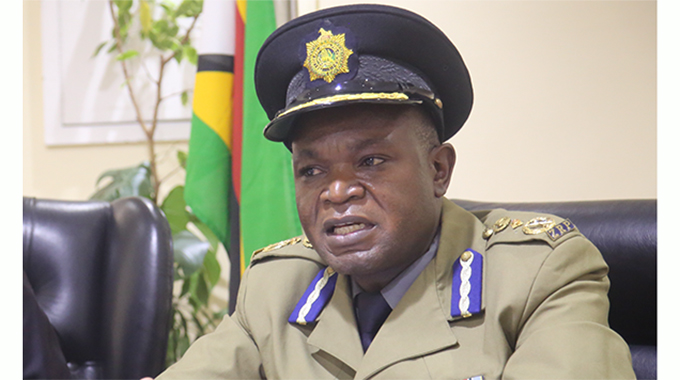Tobacco growers seek funding from Govt

Agriculture Reporter
Tobacco growers have already planted 21 348 hectares of tobacco for the present season, with 123 159 farmers registered to grow the crop.
This comes as growers are calling for funding from the Government so that they climate-proof their crop since most tobacco growers are communal and A1 farmers who rely on rain-fed agriculture.
At present, tobacco is almost entirely funded by the private sector, with the overwhelming majority of farmers on contact to tobacco merchants, after being licensed by the Tobacco Industry and Marketing Board.
While this guarantees their inputs, the system does not have loans or other funding for capital investment, such as dams and boreholes.
The farmers feel that if they can get adequate funding they can shift to irrigation, like those with the early planted crop, which will enhance production.
Government is targeting 150 000 hectares of tobacco this season.
The crop is reported to be in good condition with most of the farmers under contract farming arrangements.
The Tobacco Industry and Marketing Board statistics show that farmers have so far planted 13 533 hectares under irrigation, while 7 815 has been put under dry land tobacco.
Last year by this time, farmers had planted 13 616ha of irrigated tobacco and 4 974 ha under dry land.
Mashonaland West is leading with farmers having planted 8 775 hectares, Mashonaland East 6 760ha while Mashonaland Central and Manicaland have 3 048ha and 2 765ha respectively.
So far 123 159 farmers have registered for tobacco recording a decline of 11 percent from the 138 671 who had registered during the same period last year.
A significant batch of farmers who register decide in the end not to plant.
Of the registered farmers, 67 415 are from the communal sector, 42 072 are on A1 plots, 6 535 are small scale commercial and 7 116 from the A2 sector.
Zimbabwe National Farmers Union vice president Edward Dune yesterday said tobacco growers were planting the crop but many who rely on the rains are still waiting for the appropriate time to plant.
“Some farmers who do dry-land tobacco are using the ‘sima-dhinda’ method,” he said. This is whereby the farmer waits for the field to have adequate moisture capacity and transplants.
“Normally farmers do water planting but because of the hot and dry conditions prevailing in most parts of the country planting of dryland tobacco has been delayed.
“Generally the irrigated crop is in good condition and some of the early plated tobacco has reached between 12-28 leaves. For farmers achieving their irrigation cycles, the crop is doing so well.”
Mr Dune said there was need for tobacco growers to switch to irrigation.
“We need to be capacitated so that we can access irrigation equipment,” he said.
“The only challenge is lack of funding.”








Comments